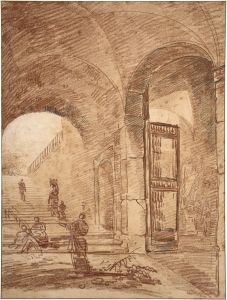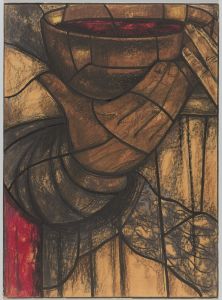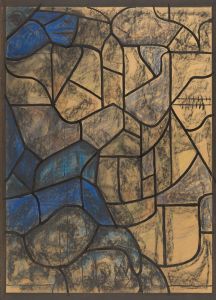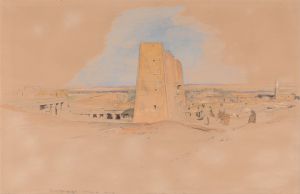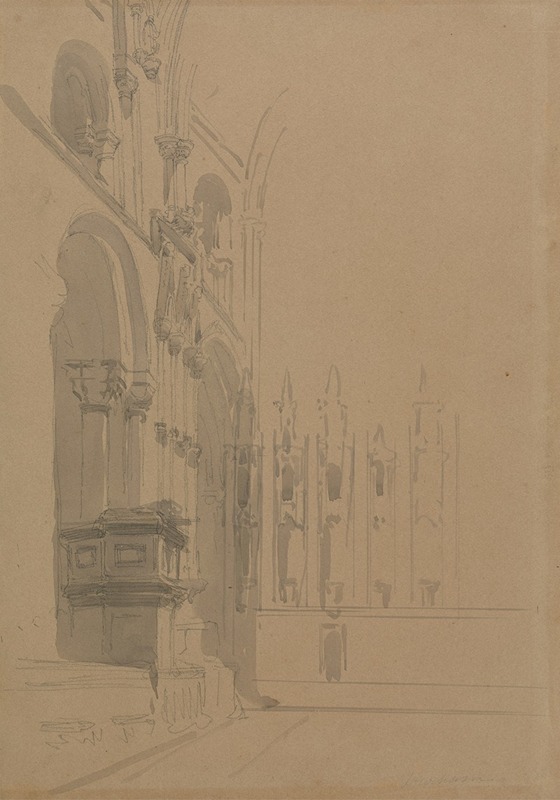
Interior of Durham Cathedral
A hand-painted replica of David Roberts’s masterpiece Interior of Durham Cathedral, meticulously crafted by professional artists to capture the true essence of the original. Each piece is created with museum-quality canvas and rare mineral pigments, carefully painted by experienced artists with delicate brushstrokes and rich, layered colors to perfectly recreate the texture of the original artwork. Unlike machine-printed reproductions, this hand-painted version brings the painting to life, infused with the artist’s emotions and skill in every stroke. Whether for personal collection or home decoration, it instantly elevates the artistic atmosphere of any space.
David Roberts was a renowned Scottish painter, best known for his detailed and historically significant architectural and landscape paintings. One of his notable works is "Interior of Durham Cathedral," which captures the grandeur and intricate design of one of England's most iconic cathedrals.
Durham Cathedral, located in the city of Durham in northeast England, is a masterpiece of Norman architecture and has been designated a UNESCO World Heritage Site. It was constructed between 1093 and 1133 to house the relics of St. Cuthbert and the Venerable Bede. The cathedral is celebrated for its massive stone vaulting, innovative ribbed vaults, and the overall harmony of its Romanesque design.
Roberts' painting of the cathedral's interior showcases his skill in rendering architectural details with precision and depth. His work often involved meticulous attention to light and shadow, which brought out the three-dimensional quality of the structures he depicted. In "Interior of Durham Cathedral," Roberts captures the soaring arches and the play of light through the stained glass windows, highlighting the spiritual and architectural majesty of the space.
David Roberts was born in Stockbridge, Edinburgh, in 1796. He began his career as a house painter and decorator before moving into theatrical scene painting, which honed his skills in large-scale compositions and dramatic perspectives. In 1830, he decided to focus entirely on painting and embarked on several tours across Europe and the Middle East, documenting his travels through sketches and paintings.
Roberts' work was characterized by its accuracy and attention to detail, which was a result of his background in scene painting and his dedication to on-site sketching. His paintings were often based on these sketches, which he would later develop into full-scale works in his studio. This method allowed him to capture the essence of the locations he visited, providing a visual record of architectural and historical significance.
"Interior of Durham Cathedral" is part of Roberts' broader body of work that includes depictions of other significant architectural sites, such as the ruins of ancient Egypt and the Holy Land. His paintings were highly regarded during his lifetime, and he became a member of the Royal Academy in 1841.
Roberts' contribution to the art world extends beyond his paintings; his works serve as historical documents that offer insight into the architectural heritage of the 19th century. His ability to convey the grandeur and detail of structures like Durham Cathedral has left a lasting legacy, influencing both contemporaries and future generations of artists.
Today, David Roberts' paintings are held in high esteem and can be found in various public and private collections, including the Victoria and Albert Museum in London. His depiction of Durham Cathedral remains a testament to his skill and dedication to capturing the beauty and intricacy of architectural wonders.





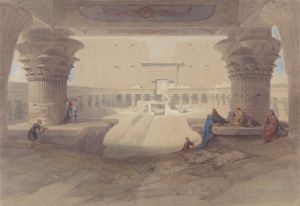
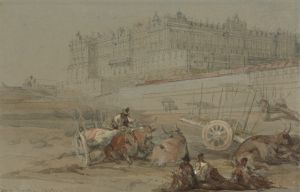
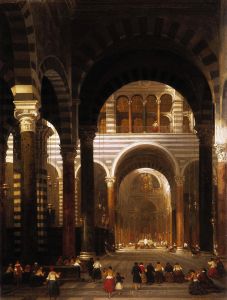
![Karnac [Karnak]. Nov. 29th, 1838.](/imgs/217502/s/david-roberts-karnac-karnak-nov-29th-1838-8df2346d.jpg)
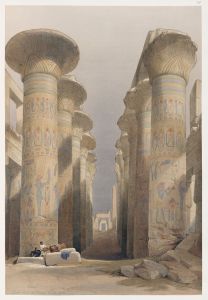
![View from under the portico of Temple of Edfou [Idfû], Upper Egypt.](/imgs/217570/s/david-roberts-view-from-under-the-portico-of-temple-of-edfou-idfu-upper-egypt-1802940f.jpg)

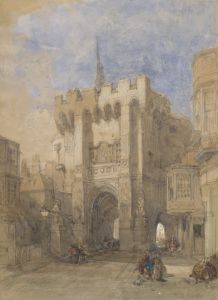
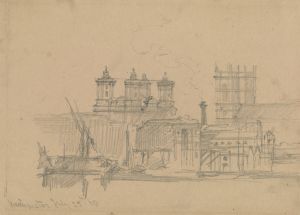
![Street scene in Cairo. [Title vignette, vol. 3]](/imgs/217627/s/david-roberts-street-scene-in-cairo-title-vignette-vol-3-2a84db8.jpg)
